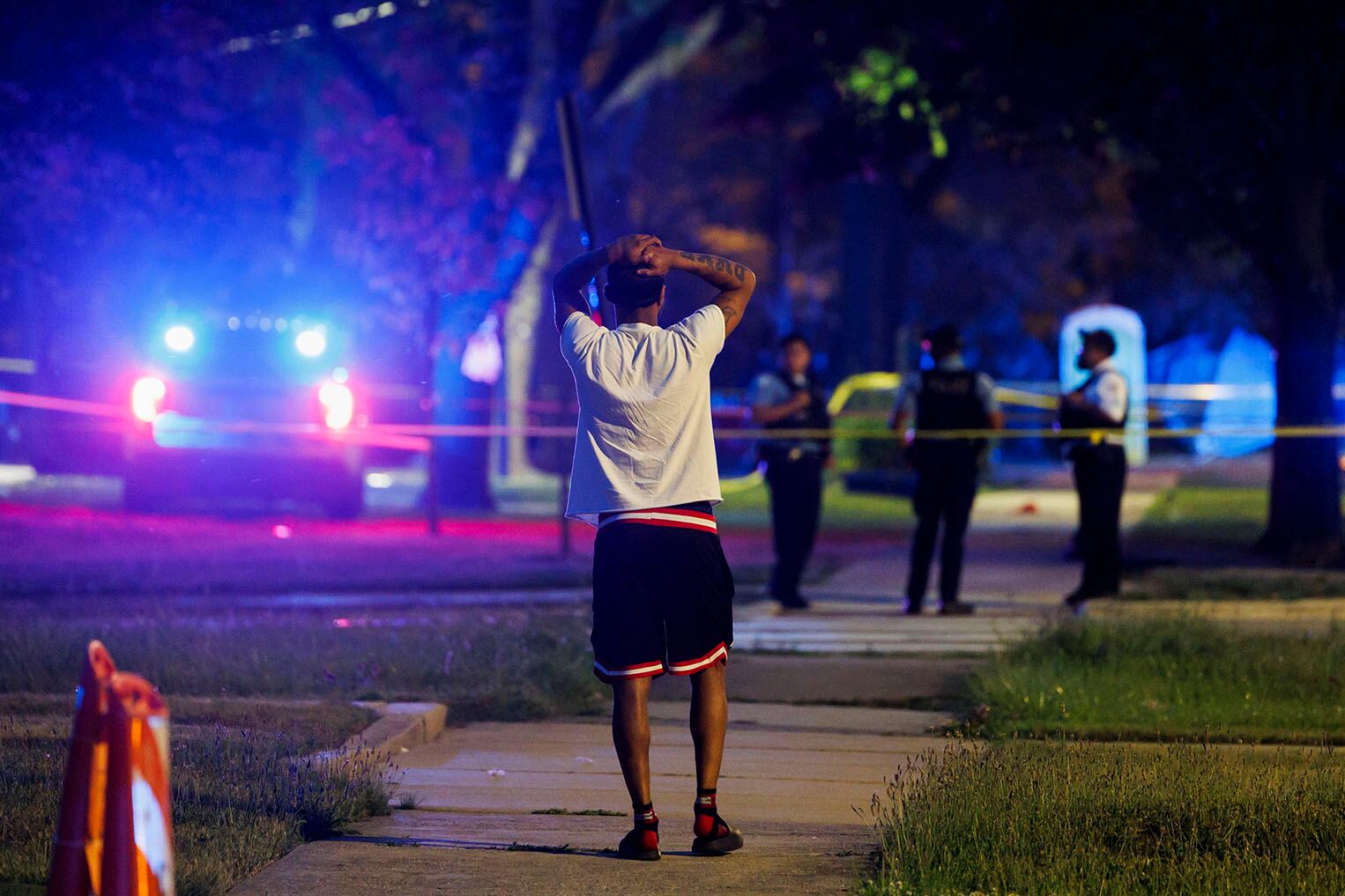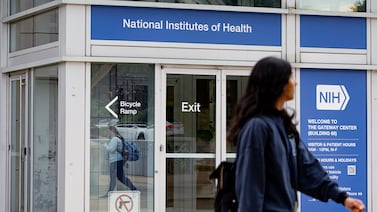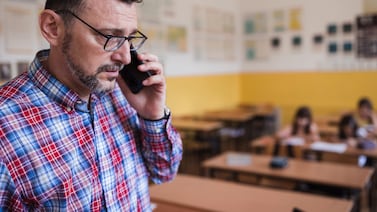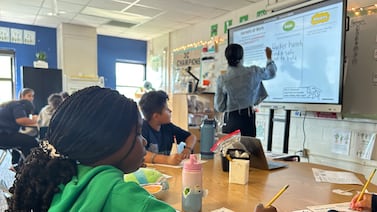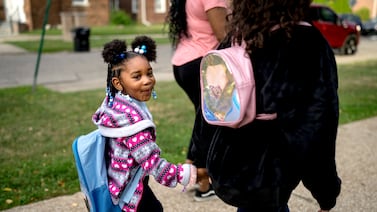Sign up for Chalkbeat Chicago’s free daily newsletter to keep up with the latest education news.
Some Chicago schools excel at curbing the academic and social-emotional fallout experienced by students who live near where homicides happen, a new University of Chicago study found.
The report released Tuesday by the university’s Consortium on School Research found that students living in proximity to killings tend to lose ground academically in the aftermath. Between 2011 and 2019, 1 in 5 Chicago Public Schools students lived within roughly two city blocks from the location of a homicide in any given year, with Black students more likely to have this experience. Six percent of students had the experience multiple times in a year.
But well-organized schools with positive climates and trusting relationships between students and adults consistently rein in this effect, the report found.
In most of the high schools they studied, the researchers saw a dip in test scores, GPAs, and attendance for students who lived close to a recent homicide. But on some campuses these metrics held steady on average, or in some cases even improved. That campus effect on how students dealt with exposure to violence in their communities was fairly small on average. But researchers believe that the benefits are greater for the students most affected by closeness to homicides — eyewitnesses, for example — who likely would see academic outcomes plummet more without those school supports.
“There is every reason to believe that for some young people, the effect might be larger,” said David Johnson, one of the study’s authors. “School is something that for the most vulnerable students might be making a big difference.”
The campuses that curbed the effects of violence on students were scattered across the city, Johnson said. They tended to embrace a range of practices shown to improve school climate, from offering engaging instruction to forming teams of educators and staff to respond to behavioral issues more proactively. No single initiative or strategy accounted for that positive effect.
“In these schools, you have educators, administrators and staff members across the campus working together in a very intentional way,” Johnson said.
The study held up principals, who tend to play an outsize role in shaping a school’s culture, as a key factor. It also emphasized tiered systems for supporting students, in which educators and staff flag those needing the most help and steer intensive support to them.
The authors chose to focus on proximity to homicides because they are generally not underreported and don’t reflect uneven patterns of policing as other crime statistics tend to do.
The findings affirm previous Consortium research on the important role school culture and climate play in student achievement and well-being, including a recent study that examined test scores, social-emotional support, and behaviors in the ninth grade as factors in longer-term student outcomes, such as the odds of graduating from high school and going to college. Social-emotional development proved to be the most powerful factor.
But this latest study also stressed that supporting students who have been exposed to violence is challenging work that takes a toll on educators. It’s important that they get help and resources they can use, such as those available through the Learning and Resource Hub at Lurie Children’s Hospital’s Center for Childhood Resilience, where Johnson now works. The consortium is also releasing this week a family playbook on school suspensions and discipline, which offers parents and caregivers guidance on ways they can help strengthen their school’s climate — part of a new initiative to engage community members to harness consortium research in promoting changes on local campuses.
“Schools matter,” Johnson said. “The efforts of adults matter.”
Mila Koumpilova is Chalkbeat Chicago’s senior reporter covering Chicago Public Schools. Contact Mila at mkoumpilova@chalkbeat.org.

